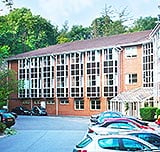
Ankylosing Spondylitis (AS) is an inflammatory disease that can cause some bones in your spine to fuse. Inflammation of your spine's joints and tissues and vertebrae fusing over time cause reduced flexibility and pain.
The main ankylosing spondylitis symptoms include back pain and stiffness. Over time a hunched posture may develop. There are a number of treatments that can slow AS down and treat its symptoms. The most common treatments are medications, physiotherapy and exercise.
Ankylosing spondylitis (AS) is a painful and progressive type of inflammatory arthritis that primarily affects the spine.
The name ankylosing spondylitis stems from Ancient Greek words. Knowing what these Greek words mean can help you to understand the condition. Ankylosing means stiff, spondyl means spine, and itis refers to inflammation.
AS causes inflammation in the joints and ligaments of your spine. This can be followed by wearing of the bone where your ligaments or tendons attach to it. As your body heals, new bone develops and may replace the elastic tissue of ligaments or tendons. This repeats and can cause your vertebrae to fuse together, making your spine less flexible and can result in a hunched posture. It can also cause damage to your sacroiliac joint between your spine and hipbone.
Ankylosing Spondylitis (AS) is a type of Axial spondyloarthritis where changes to your spine or sacroiliac joints can be seen on an X-ray. Another type is non-radiographic axial spondyloarthritis.
Non-radiographic Axial Spondyloarthritis
Non-radiographic axial spondyloarthritis (nr-axSpA) is a similar condition to AS with similar symptoms. However, unlike AS, the physical changes to your spine in nr-axSpA cannot be seen on an X-ray. They can sometimes be seen on an MRI scan.
The exact cause of ankylosing spondylitis is unknown, genetics seem to play a role. People with the gene called HLA-B27 have a much greater risk of developing ankylosing spondylitis. However, only some people with the gene develop the condition.
Ankylosing spondylitis symptoms tend to develop slowly over months or years. They usually start to present between the ages of 18 and 40 and may come and go, worsen or improve, over many years.
Signs of ankylosing spondylitis include:
In severe ankylosing spondylitis, your body forms new bone to heal itself, leading to fusion of vertebrae. This stiffens your spine and can also can stiffen your rib cage which restricts your lung capacity and function.
Possible complications:
Ankylosing spondylitis can be difficult to diagnose. It develops slowly and there is no one test that shows for certain that you have AS.
An ankylosing spondylitis diagnosis will be made based on the following:
If you think you might have AS, you should see your doctor. They will look at your medical history, ask you about the symptoms you are experiencing, and perform a physical exam. The physical exam may test the range of motion in your spine, reproduce your pain, and check if you have difficulty expanding your chest.
There are a number of treatments that can ease your pain and stiffness, help prevent deformities, and allow you to have as normal a lifestyle as possible. Ankylosing spondylitis treatment depends on your symptoms, your age, your general health, and the severity of your AS.
AS treatments include:
Medications can help relieve the pain and inflammation of AS. They include:
Exercise can improve your posture and range of spinal movement, as well as helping to prevent your spine becoming stiff and painful.
A physiotherapist can advise you on the most effective exercises for your needs to help improve your strength and flexibility and relieve your pain. An ankylosing spondylitis therapy treatment plan for AS can include:
Hydrotherapy is another option that may be recommended, where you carry out specific exercises for your spine, hips and shoulders in a special warm-water pool.
Most people with AS will not need surgery.
Joint replacement surgery may be recommended to improve pain and movement in a severely damaged joint. For example, hip replacement surgery may be carried out if your hip joints are affected.
Rarely, corrective surgery is performed on a badly bent spine.
There is no cure for ankylosing spondylitis (AS), but treatments can help relieve your symptoms. In most cases, these include medication, physiotherapy and exercise.
At Ramsay Health Care, we offer fast and convenient appointments with our expert physiotherapists.
Contact us today to speak to our friendly team for more information, or to book an appointment.
People with ankylosing spondylitis typically have the same life expectancy as the general population, unless they experience severe symptoms or complications. However, AS is associated with an increased risk of other potentially life-threatening problems, such as cardiovascular disease, including heart attacks and stroke.
You can’t fix ankylosing spondylitis but it can be treated with a combination of medications, physiotherapy and exercise, and lifestyle changes to relieve symptoms and slow the progression of the disease.
No, you're unlikely to end up in a wheelchair if you have ankylosing spondylitis unless your condition progresses to a severe stage. Most people with AS remain independent. The severity and progression of AS varies from person to person. Early diagnosis and treatment can slow the progression of the disease and prevent severe disability.
The four stages of ankylosing spondylitis (AS) based on radiographic findings are1:
Stage 1: Inflammatory stage – inflammation is present and there are early changes of disc space reduction
Stage 2: Early discal calcification stage – calcification of three or fewer intervertebral discs
Stage 3: Fibrous ankylosis stage – calcification of more than three intervertebral discs
Stage 4: Bony ankylosis stage – bony fusion of most segments of your dorsolumbar spine (mid and lower back).
AS is an inflammatory disease, so people with it should try to avoid foods that can trigger inflammation. These can include processed, sugary, salty and fatty foods.
No, walking is generally good if you have ankylosing spondylitis. It’s a low impact yet weight bearing exercise that you can ease into and go at your own pace. It will strengthen your muscles, relieve stiffness, increase your heart rate, burn calories, and help protect your posture.
Ankylosing spondylitis primarily affects your spine and its joints and ligaments. However, AS can also affect other organs and joints in your body, including your eyes, lungs, kidneys, shoulders, knees, hips, heart, and ankles.
Ankylosing spondylitis symptoms can be similar to more common back problems, especially in the early stages.
Conditions ankylosing spondylitis can be mistaken for include:
Activities to avoid with ankylosing spondylitis include those that:
1 A simplified staging system based on the radiological findings in different stages of ochronotic spondyloarthropathy. Available from: https://pmc.ncbi.nlm.nih.gov/articles/PMC3737607/

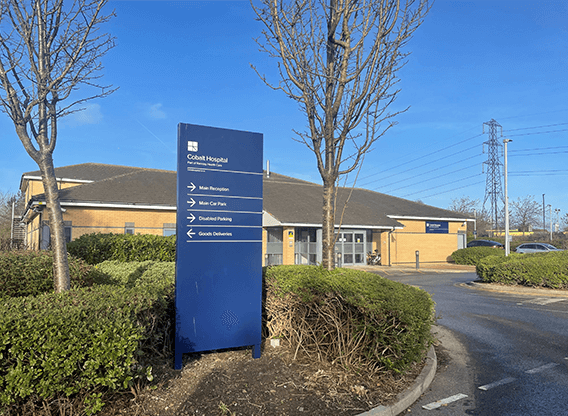
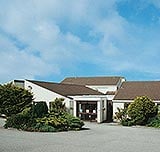

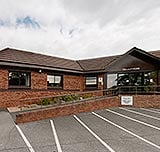

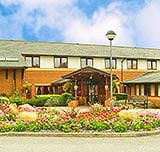
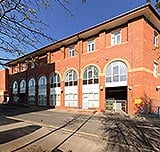
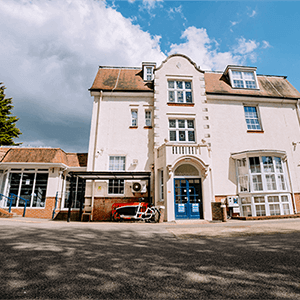
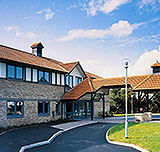
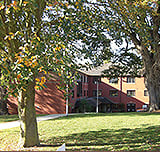
We are delighted to announce the appointment of Miss Sabeen Akhtar as the new Group Medical Director at Ramsay Health Care UK.
Springfield, part of Ramsay Health Care UK, is delighted to announce that men suffering from a benign enlarged prostate (Benign Prostatic Hyperplasia) will be able to receive robotic Aquablation Therapy.
Ramsay Health Care UK joined Leeds Pride to celebrate love, unity, and inclusion. Our growing culture of allyship ensures colleagues and patients feel seen, valued, and celebrated.
The information, including but not limited to, text, graphics, images and other material, contained on this website is for educational purposes only and not intended to be a substitute for medical advice, diagnosis or treatment. Always seek the advice of your physician or other qualified health care provider with any questions you may have regarding a medical condition or treatment.
No warranty or guarantee is made that the information contained on this website is complete or accurate in every respect. The testimonials, statements, and opinions presented on our website are applicable to the individuals depicted. Results will vary and may not be representative of the experience of others. Prior patient results are only provided as examples of what may be achievable. Individual results will vary and no guarantee is stated or implied by any photo use or any statement on this website.
Ramsay is a trusted provider of plastic or reconstructive surgery treatments as a part of our wrap-around holistic patient care. Our personal, friendly and professional team are here to support you throughout to ensure the best possible care. All procedures we perform are clinically justified.
*Acceptance is subject to status. Terms and conditions apply. Ramsay Health Care UK Operations Limited is authorised and regulated by the Financial Conduct authority under FRN 702886. Ramsay Healthcare UK Operations is acting as a credit broker to Chrysalis Finance Limited.
Ramsay Health Care UK is not currently recruiting for any roles based outside of England. If you are interested in applying for a role with Ramsay Health Care UK, please note that all available positions are advertised exclusively on our official website: https://www.ramsayhealth.co.uk/careers. Be cautious of individuals or organisations that approach you directly for remotely-based roles. Always verify the authenticity of the job offer and be careful with whom you share your personal information. For more information and advice on employment fraud, please visit: https://www.ramsayhealth.co.uk/careers/recruitment-fraud